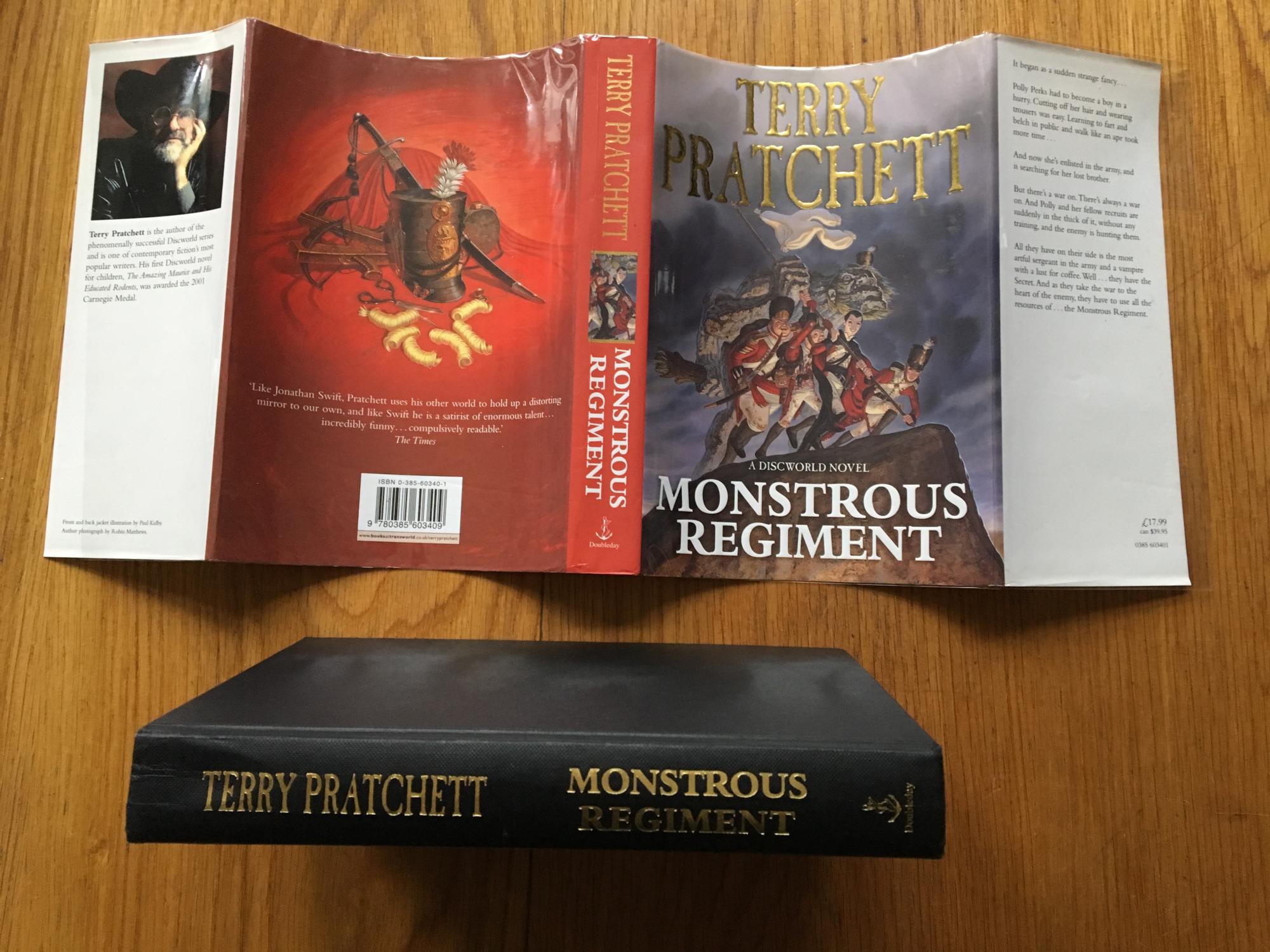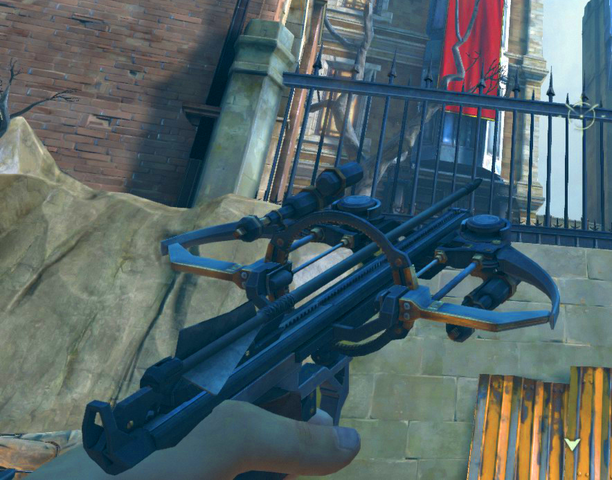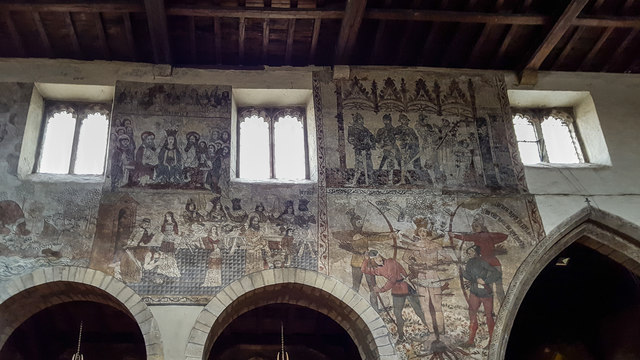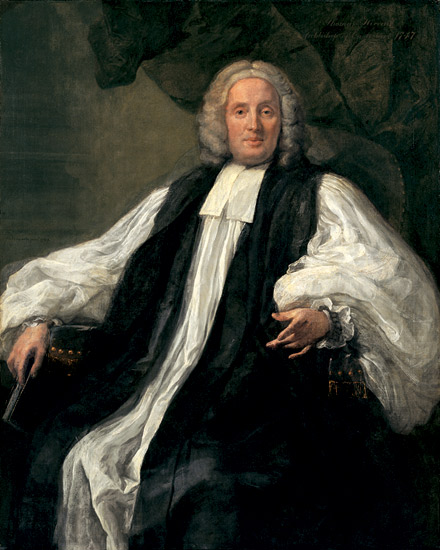In response to Throne of Salt's latest, please see below for my take on a version of Episode VII.
Premises: I am not starting from the ground up; I shall use concepts, characters, images, themes &c. where I can find them from Episodes 7 & 8. But the central theme becomes less “It all begins again” (or it all happens again – see Starkiller Base) than “Keep the faith”. That is the change that sets all else off.
We start with our opening text crawl (not verbatim): The New Republic is happy and prosperous, the apparatus of the Empire is being swept away – but in the Outer Rim the last remnant of Imperial Forces lurks, and redouble their efforts. The New Republic Security Forces are hard pressed to keep up.
Meanwhile, Luke Skywalker reaches out to force-users the galaxy over, seeking to reignite the Jedi Order....
First Segment: Peaceful village, secluded. Maybe something like the American Great Plains – have we seen that yet? A mysterious spaceship touches down outside; the startled occupants go to meet it. Inside: a Jedi. Not Luke. He requires fuel, food, or something. Either way, a chance meeting. Why this village? “The Force.” Villagers very interested, gather round – maybe some of them ask for his blessing. But one person is watching from a distance; a young woman.
This Jedi gets talking with the local Sheriff (or what have you). He senses somebody in the village with a deep connection to the Force. But it is none of those clustered around him. Who is missing? Sheriff sighs, discusses the young woman – not obnoxious, merely withdrawn. An orphan; parents died recently of Toydarian Flu. Or something. Guess what, she’s the Force user; guess what, it’s Rey, much as we know her.
She and this Jedi go out into the countryside a way to talk; they bond. Of course she knows what the Force is, people talk about it a lot. Newly fascinated in what in might mean to use it. Is there anything for her here? Not much. Why was the Jedi out here anyway? Well, they run patrols, but Master Skywalker sensed something dark....
[We don’t start in War, as A New Hope; we move from Peace to War].
Second Segment: X-Wings or similar at a Republic Base. Enter Poe Dameron. Think Maverick from Top Gun; complains about having to patrol a backwater sector, not being with General Solo at the front. He is reminded that the Remnant can strike at any time. He rashly suggests that they are finally on the run; his commander (Space Colonel Blimp?) reminds the Young Puppy of what the Empire was at its height. We do see him pal around with BB-8 however, so he must be a good guy.
Third Segment: An industrial world – or a heavily industrialised place. A black-clad figure flits through alleyways, through streets, over a wall – and into a local garrison. He stops, placing devices on certain structures, or in certain computers. The guards don’t see him – except one, who interrupts him in the process of tampering with a machine. The black figure clouds his mind (a more brutal process than what Kenobi was up to) – clearly a force user - and stalks off.
Meanwhile, a young man returns late from the cantina. There is sternness in his parent’s eyes when he returns home – a relatively humble dwelling, but with the trophies of a Rebel Alliance veteran on the walls (Mother? Father? Your choice.) We learn his name – why not Finn? After his wigging, he steps outside to look at the stars and smoke some death sticks.
Back at the military base, a space-radar operator reports a ship incoming. The Jedi from Rey’s planet.
Finn looks at the sky; there are many ships coming. With proud Imperial insignia.
They land. Those who come out are Stormtroopers but not as we know them. Patched, mismatched armour. A variety of equipment. Good shots. The garrison is overwhelmed; it’s defences sabotaged. The civilians are subdued and captured. They are let by somebody in intact, shiny armour – Captain Phasma, or the next best thing. She is surprised by the black-clad figure and they confer about their objective – a munitions plant, say. We might learn the man in black’s name – Kylo Ren.
Finn sees a great deal of this, runs from explosions, etc. A hand on his shoulder – a parent. They begin to evacuate, with others, under the guidance of the Jedi. Wounded soldiers, stretcher-bearers, desperate mothers. Push through to the airfield but are interrupted by Kylo Ren, who clearly sensed something. We see Rey helping folk onto the ship. Lightsabre fight ZWOOSH ZWOOSH ZWOOSH &c. (May be there are Stormtroopers with him, maybe they kill the parent. Maybe it was Phasma.) Finn tries to intervene with a blaster, but manages little. The Jedi is overcome, but tells Finn to go see Luke Skywalker, tell him of what has happened. Uses last strength to toss Finn the lightsabre. Kylo Ren takes note, Rey aghast (she has had her force senses ‘bruised’ by Kylo Ren and the sudden violence), Finn has had his world shattered, Phasma arrogant – everyone gets a nemesis.
Fourth Segment: Airbase with Poe. Ship landed; wounded cared for. Horror. Dameron all for a speedy counterattack; slapped down. A counterattack is gathering; Dameron and his wingmen/women/aliens are set to escort Finn and Rey on the Jedi ship to the Temple. The commander contacts Minister/Secretary of Defence Leia Organa, who confirms his order and muses on Luke.
Meanwhile, Kylo Ren, Phasma and an Imperial officer – Hux, or as good as – confer (Hux by hologram). They know that Finn has gone after Skywalker and want to stop this – the New Jedi Order haven’t played a big part in the Remnant/Republic conflict yet. Kylo Ren will go after them – with an ‘Infiltration Squad’.
Fifth Segment: The Temple-world. The temple. Think Angkor Wat plus St Peter’s Basilica in the middle of rural Ireland. A small town and a vast quantity of pilgrims' tents are outside. Dameron, Finn and Rey land and make their way through a great host of odd folk, monks, mystics &c to the gates. On the basis of lightsabre, force, New Republic uniform &c, they are let inside.
They are brought before a few Jedi Masters and what I will call the Jedi Chamberlain. Said Chamberlain, who gets to be spokesman, informs them that Luke Skywalker has taken hermitage for a time and is not to be disturbed. He is very kind but most insistent on this. Nor will the New Jedi Order go to war without Luke’s say-so; too much politics had a bad effect on the old Order; they are servants of the Force, not the Republic.
Rey is given a teacher; Dameron returns to his ship and crew; Finn helps out with the temple staff. Through Finn we learn a bit about this place, how there used to be only a few pilgrims but numbers have grown with the death of the Empire and the fame of Luke Skywalker. “We used to feed them in the great hall, ask for news, Master Skywalker would walk amongst them – we couldn’t do that now.”
As this conversation goes on, we see a group of shaven-headed, scarred men and women, led by Kylo Ren. They work their way through the crowd, but are oddly silent next to the chanting pilgrims and shouting vendors. “Who are these folk, friend? Why do they look so alike?”
“Monks of the moons of Ponitplax. They have taken a vow of silence.” Says Kylo Ren, with or without any magical persuasion. A thief goes through their baggage and sees blasters; he is discreetly killed.
Meanwhile: Rey is learning about the force with some others – just meditation and discussion . But whilst they have a certain level of Jedi composure, self-awareness &c – just enough to be smug – she is off-balance, disturbed by what she has seen. Her teacher (who is presumably some sort of fan-favourite from the expanded universe) quizzes her on why; she explains why she came here, what she saw &c. He gives her the location of the hermitage, says she needs to find Luke herself – “Don’t worry, he always has time for a student.” Off she trots to find Finn and get to the hermitage – but a shaven-headed pilgrim has been listening in.
Finn and Rey make it to the airfield to find Dameron – who is ready to take his squad back to the front line. He doesn’t feel he has time to chase after Skywalker – and the Jedi are quite clear about their position on the matter. He doesn’t have the political clout or the inclination to press it any further. Finn and Rey depart – and we see another ship take off.
The hermitage is near enough the island seen in Episodes 7/8. Luke greets them, has fun playing the old hermit – as Kenobi and Yoda did. They probably don’t recognise him at first and leave him be (or he orders them away) – but then he gets more visitors in the shape of the Infiltration Squad. Vicious battle; Rey and Finn only saved by Dameron turning up with an X-Wing in the nick of time. Luke in all his glory as a warrior, obviously a master. Kylo Ren flees (or something).
We get to the meet of the discussion. Dameron wants to know why he’s not in the fight. He gets a fiery response about the youth of the Jedi order – “You want me to lead children into battle?!”, about the purpose of the Jedi, the horrors of a Force-powered conflict – and Luke’s semi-Messianic status “If I lifted my hand, every pilgrim in the great square would take up a blade, a blaster, a rock and follow me.” Literary influence time – Dune, and all the inner conflict of Paul Atreides in that.
Nonetheless, if the Empire can get at him here, something is wrong – especially with Kylo Ren alongside the Empire. So back they go with Skywalker in triumph. The Chamberlain is aghast – but Luke says the equivalent of “Time for a change of duties.” (Those duties being fighting.) This isn’t ‘Throw the interfering bureaucrat in the pond’ but ‘Well done thou good and faithful servant.’
Meanwhile, Kylo Ren has returned to Finn’s world. He warns Phasma and Hux of what’s coming.
Sixth Segment: the New Republic forces gather. The ground forces are now in something like Stormtrooper Armour – but with a changed colour scheme, blue or Republic red. Naturally, we can see their faces under helmets or caps like those the Rebellion wear in Episodes 4-6.
They are led by Han Solo – an older Han, poacher turned gamekeeper – running something like anti-smuggler operations. [Someone will comment on how he now wears a breastplate – not how it used to be. He growls “We’d have worn armour back then if we could bloody well get it” (or words to that effect).] We see Dameron’s commander complain that he was expected by now when he turns up, Skywalker and a few picked Jedi in tow. Reunions galore. Optimism.
A plan is hatched, hinging on Finn’s local knowledge, Rey’s awareness of Kylo Ren and the overwhelming force the New Republic can bring to bear.
Great big battle; Imperial Remnant fall back rapidly under the impact of Jedi, the 101st Spacebourne &c. Finn leads or guides liberation of the garrison/prisoners (touching reunion?). But Dameron & co are caught in an ongoing dogfight with Kylo Ren, who denies air superiority to the Republic. Presumably we see Luke destroy a fortress gate with the force or something along those lines.
The rout leads to Phasma demanding evacuation by Kylo Ren – “We need an escape route, now!” – “Who, Captain, is WE?” She is caught with a small squad and fights with Finn and Rey – who capture or kill her.
Seventh Segment: Hux talks to somebody over a communications link: “How much material did we get from the munitions plant?” “Enough to keep fighting. Enough for the next stage of operations.”
Meanwhile, on Finn’s world a space has been cleared for Minister Leia Organa to make a speech – won the battle not the war, stay vigilant. General Solo hands out medals to Dameron and Finn – rejoicing. Luke hangs back from celebrations, discussing war and the Force with Rey and gives her the lightsabre of the Jedi who came to her world.
Further comments – Han Solo as poacher turned gamekeeper is an excellent little way to divert his traditional characterisation. If you want to subvert or put a twist on things, here it is. Luke as reluctant leader – likewise. Kylo Ren comes across less as rage beast here, but some of his character remains sufficiently intact for whatever semi-Modred connotations his character has to shine through. Besides, Dark Ben Kenobi is a great notion: elusive, mind-twisting, controlling, aloof.
“Keep the faith”? Yes, I think that comes across. The Jedi can do great good; the New Republic might be embattled, but it is clearly preferable to the Remnant; our heroes might take on new roles, but still do good works.
You can play the “Let the past die” card next episode.














